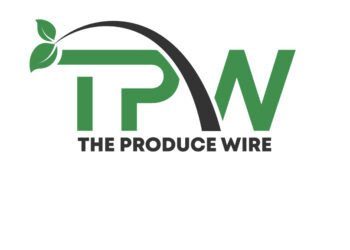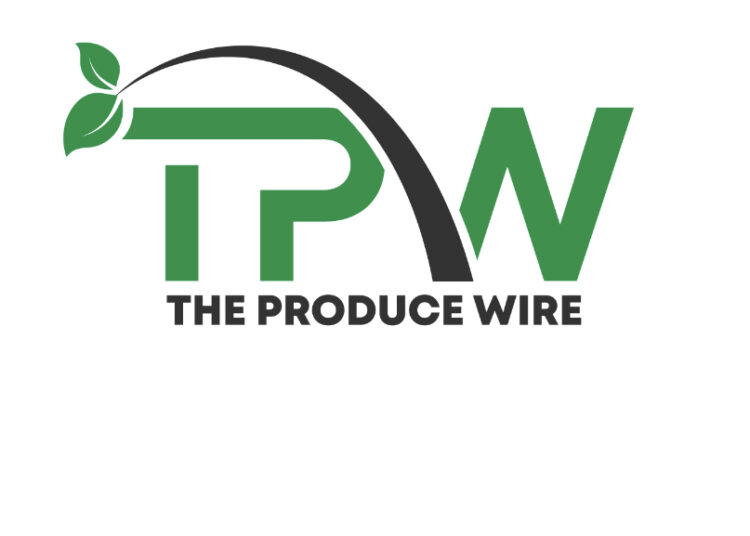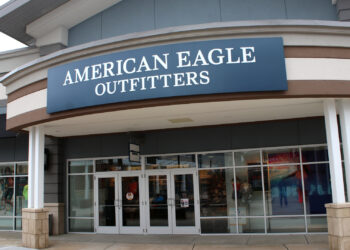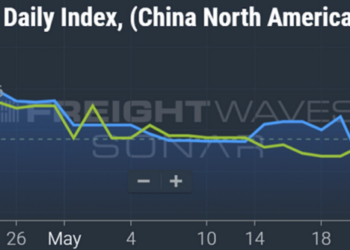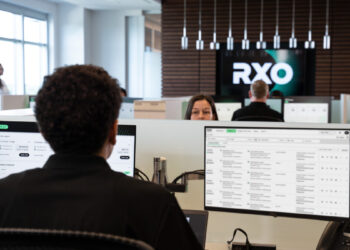Container traffic at the busiest U.S. import gateway is expected to drop by 10% in the second half of the year.
Container volumes at the Port of Los Angeles are expected to plunge by double digits in the second half of the year following months of frontloading and higher import prices due to U.S. tariffs.
“It’s my view that the second half of this year, beginning July 1 through the end of the year, we’re going to start to see a drop in cargo [year on year],” said Port Executive Director Gene Seroka, in an interview with Politico. “The drop, I think, is going to be at least 10% at the nation’s largest port here in Los Angeles.”
Seroka said import demand has been sated by months of frontloading by shippers, swelling inventories for household goods. Los Angeles saw months of record- or near-record volumes since the early peak season this past summer.
“Folks have brought in so much cargo, it’s already here, and they don’t need to keep buying at that pace,” Seroka said. “And I’m talking about furniture, appliances, electronics, TVs, couches, dining room tables, products that are staples and are large that take up a lot of containers.”
At the same time, sweeping tariffs by the Trump administration are raising prices and forcing importers to shift sourcing strategies.
“The second reason is because these prices are now so high, folks are going to start looking at sourcing in a different way,” said Seroka. “They’re going to try to see where they can get better deals. And if China is a hot spot right now from a policy perspective, even with tariffs in Vietnam, Indonesia and Malaysia, maybe there’s deal-making capabilities there.”
Seroka expects container imports to get a boost from spring and summer merchandise and later, back-to-school goods.
“And then you start looking at the new model year of cars, of televisions and of other electronic goods as you lead into the back half of the year. So it’s going to be a little bit of a mixture. We’re not going to fall off a complete cliff, but there’s going to be a recapitulation of, ‘Hey, this product is too expensive, the table, the chair, the air conditioning unit. I’ve got to focus my energy on the seasonal products and how I’m getting geared up for the next model year, whether I’m in the electronics appliances or the automotive markets.’”
Seroka said larger companies with extensive supply chains were the ones most able to bring shipments forward.
“Small to middle-size organizations probably could not during this time period, so they are stuck with market prices and market situations like we find today.”
News that mega-retailer Walmart (NYSE: WMT) was pressuring suppliers in China to hold prices in the face of tariff hikes is one strategy to be implemented by importers.
“You’ll see folks start to negotiate with their manufacturers and their sourcing agents overseas to see if there’s a way that they can mitigate these additional tariffs and charges,” Seroka said. “Second, companies might try to look at absorbing some of these costs, but that’s going to hit their bottom line. It’s going to hit their margin, which is going to make them think twice about capital investment and investment in human capital. Hiring as an example, staffing levels. And then, thirdly, and more likely than the first two, they’re simply going to pass on those costs in the supply chain for finished goods that come in for retailers.
“That means you and me, the consumer, are going to get hit.”
Find more articles by Stuart Chirls here.
Related coverage:
Tariff backdrop finds ocean rates steady
As China blocks terminals deal, BlackRock chief says ports ‘will define the future’
China port fees need more nuanced strategy, shipping industry tells hearing
February freight volumes mixed at Gulf Coast ports
The post Port of LA’s Seroka says tariffs to cut container volumes by 10% appeared first on FreightWaves.


